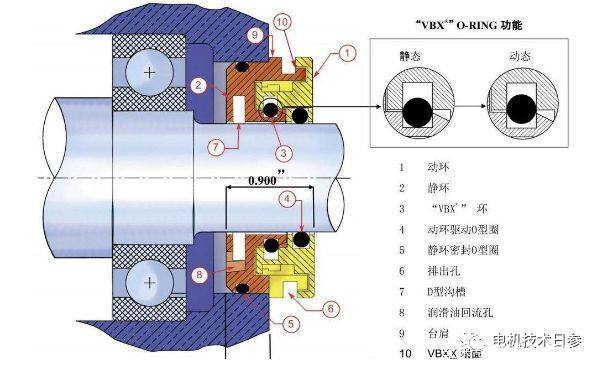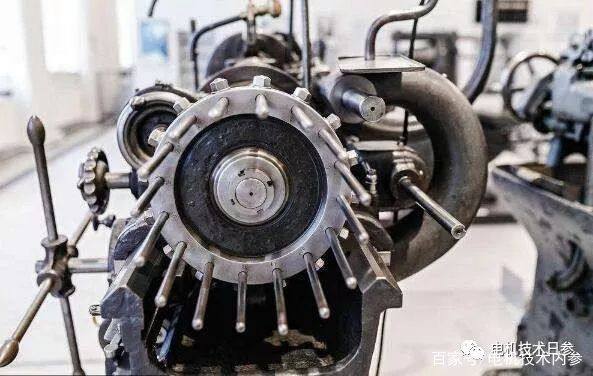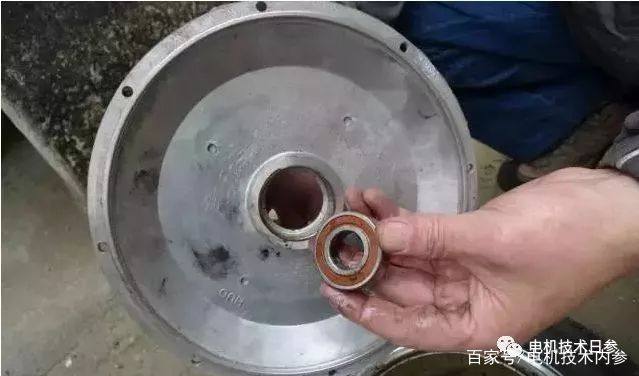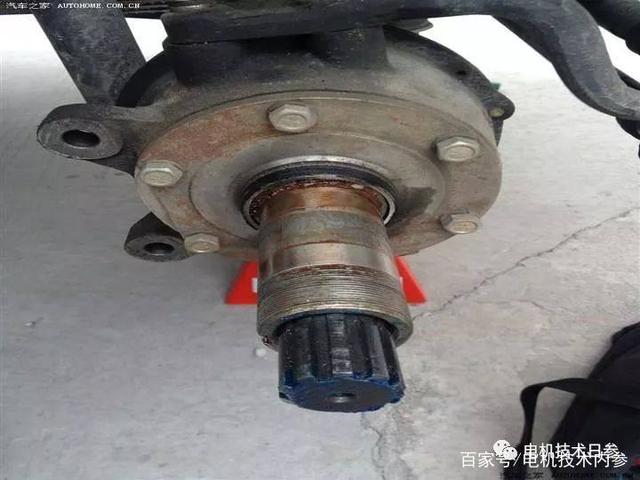Relevance between Bearing Vibration and Noise
INQUIRY
Rolling bearings themselves usually do not produce noise. It is considered that "bearing noise" is actually the sound produced when the structure around the bearing directly or indirectly generates vibration. Therefore, the noise problem should be considered and solved according to the vibration problem involving the whole bearing application. Vibration and noise are often accompanied by a pair of things. The root of noise can be attributed to vibration. Therefore, to solve the problem of noise, we should start with reducing vibration.

Exciting Force Factor Caused by Variation of Load Roller Number
When the radial load acts on the bearing, the number of rolling elements bearing the load will change slightly during the rotation process, which results in slight displacement of the bearing along the direction of the load, so the vibration can not be avoided, but the vibration can be reduced by applying the axial preload on all the rolling elements (not applicable to cylindrical roller bearings).
If there is interference fit between the bearing ring and the bearing seat or shaft, the bearing ring may be deformed with the shape of the connecting parts. If there is a shape deviation between the two, vibration may occur during operation. Therefore, the journal and seat holes must be machined to the required tolerance standards.
Local damage factors

If the bearing is not properly handled or installed, it may cause local damage on the raceway and rolling element. When the damaged bearing parts have rolling contact with other parts, the bearing will produce special vibration frequency. By analyzing these vibration frequencies, it can be
 determined which bearing component is damaged, such as inner ring, outer ring or rolling element.
determined which bearing component is damaged, such as inner ring, outer ring or rolling element.

INQUIRY sales@hellerbearings.com
- Details: Relevance between Bearing Vibration and Noise
- Like Model No.:
Hot Model No.: